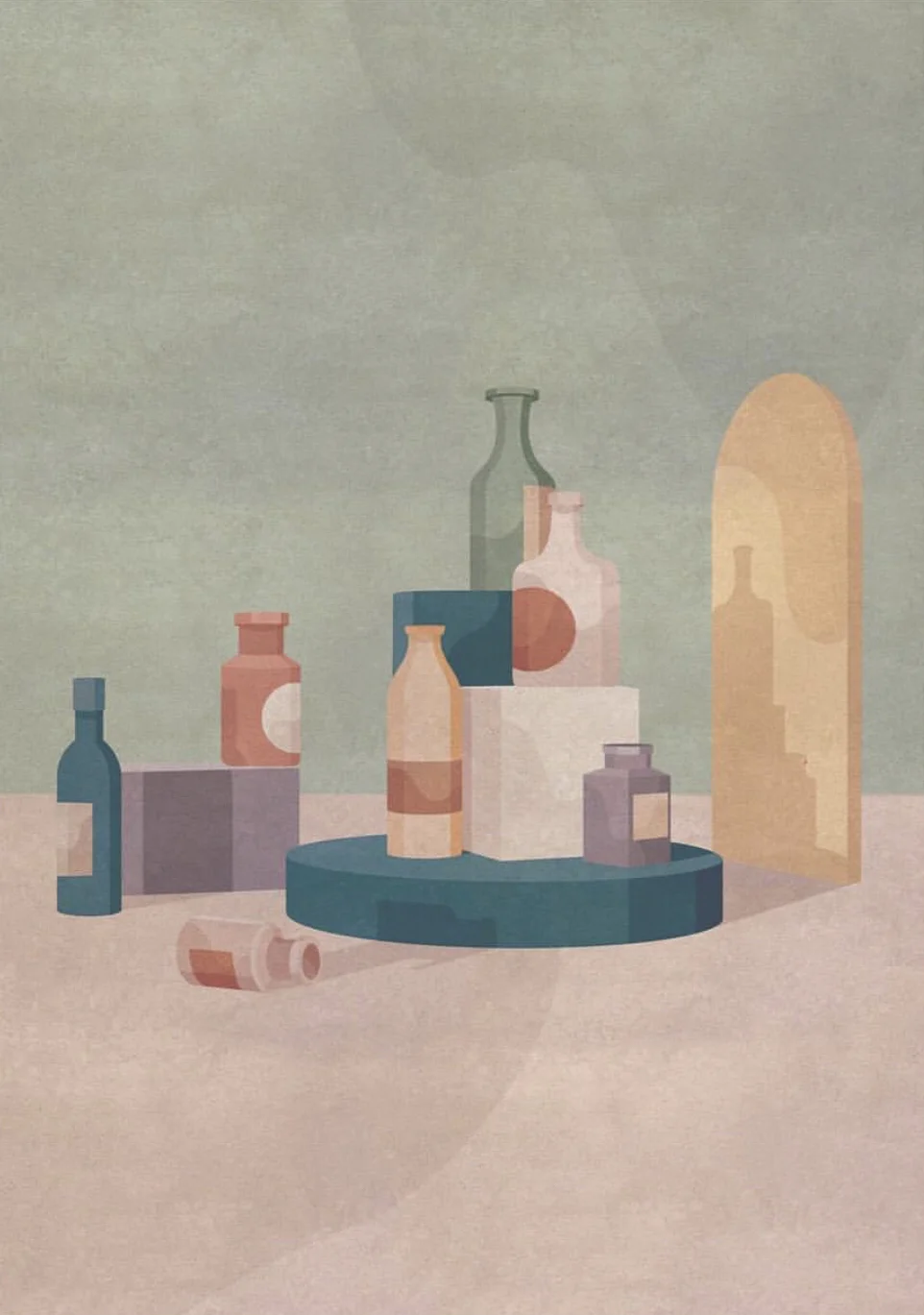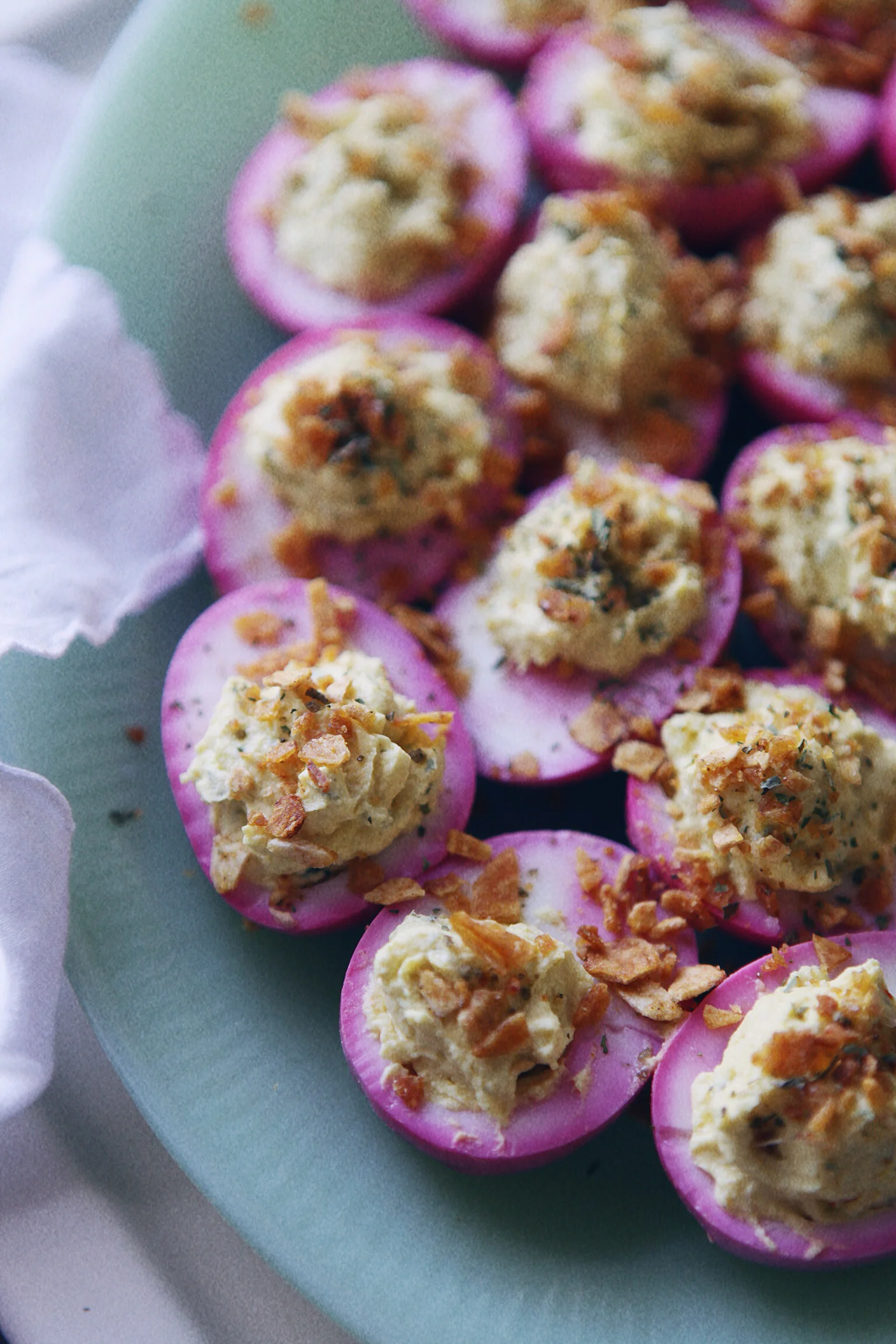All About Herbal Forms with Herb Pharm
Written by Lina Watanabe, Herbalist at Herb Pharm, our proud partner and trusted source for all things herbalism. Herb Pharm makes high-quality liquid herbal products for the whole family. Founded in 1979, their products are made of plants and ethical choices, so they’re kind to both the body and the Earth.
You may have noticed that herbalism is experiencing a major renaissance right now. Herbal products and herbs are everywhere you look! Herbs can be included in almost everything we use on a daily basis: obviously in supplements, but also in our beauty and body care regimens and even in artisanal cooking products. If you’re just catching on to the wonderful world of herbs, figuring out where to start can be overwhelming. Here is a list that breaks down some common herb forms, in an abbreviated glossary for herbal newbies.
Before we talk about how to prepare herbs, let’s define a couple of specific technical terms you’ll hear over and over:
Marc — spent herbs leftover after extraction. This could be the herbs in a soaked tea bag or those that were used to make a tincture or elixir, for example.
Menstruum or solvent — the liquids used to make an herbal preparation. This could be water, alcohol (ethanol), vinegar, glycerin, etc., or any combination thereof.
In most cases, herbal preparations involve herbs and a liquid, sometimes heat and time. After the herbs and liquid have spent the proper amount of time together, you strain them. The liquid is what you usually use, while the spent herbs (aka marc) are composted. Now you’re ready to learn about specific herbal preparations:
Powder
Powdered herbs are finely ground dried herbs and among the simplest herbal forms. They can be used in a broad range of preparations. They can be made into capsules, tablets, lozenges and pastilles. These ground herbs are commonly used in confections, which are soft yet solid and often mixed with honey or syrup (like a soft herbal candy).
There are a couple of types of confections: A bolus is simply ground herbs mixed with honey or syrup, then formed into a round or capsule shape. For a traditional honey pill, ground herbs are mixed with honey, rolled into a ball and baked before being consumed.
Similarly, powdered herbs can be mixed into food, such as smoothies, herbal truffles or infused salts. Herbal powders can also be moistened slightly with warm water to create a paste called a poultice. This warm paste can be placed between layers of fabric on the skin, or, once cooled, spread directly on the skin.
Tea
Tea is the liquid remaining after dried or fresh herbs have been extracted with water. Tea can be made as an infusion or decoction.
Infusion
An infusion is used for more delicate parts of a plant, such as leaves and flowers. Infusions can be prepared with hot or cold water. Hot infusions (aka hot tea) are ready faster — boiling water is poured over the herbs and steeped for three to 20 minutes, depending on the herb and your preferences. After straining, it’s ready to enjoy. Cold infusions (aka iced tea) take longer — cold or room-temperature water is poured over herbs and left to steep on the counter for four hours up to overnight, then strained.
Decoction
A decoction is used for hardier parts of a plant, such as roots, bark and berries. The herbs are placed in water and brought to boil, then simmered for 10 to 60 minutes. Once strained, the decoction is ready to enjoy.
In herbalism, you can do far more than simply drink the tea. Tea can be added to a bath or a foot bath, soaked into fabric for a compress, added to fruit juice and frozen into a popcicle, or even used as the water portion of a lotion, cream or spray. It is also popularly used as the base of syrups, such as elderberry syrup.
Infused Vinegar
Infused vinegar is the liquid remaining after dried or fresh herbs have been extracted into vinegar
Vinegar extracts are easily used in cooking — as the base of a salad dressing or to add some herbal flavor and acidity to a dish. You can also make drinking vinegars by adding a small amount (generally a tablespoon or two) to a glass of water. Or, you can use these vinegars topically. They have been diluted and used traditionally as a hair rinse or as a skin spray.
Tinctures and Glycerites
These are the two types of herbal extracts, made with alcohol and glycerin, respectively
Tinctures start with dried or fresh herbs infused in a menstruum that is alcohol-based, while glycerites use glycerin as the solvent or menstruum. Water may be included in the menstruum with both of these preparations. As with teas, the spent herbs are removed and discarded, and what’s left is the tincture or glycerite. Tinctures and glycerites are well-preserved and have longer shelf-lives than tea.
Tinctures often include a small amount of glycerin in the menstruum to improve the taste or to keep certain plant compounds from clumping together or settling over time. (If that does happen, your tincture is still good — just shake the bottle.) Vinegar can also be added to tinctures in small amounts (with certain herbs) to facilitate the extraction of compounds called alkaloids.
Elixirs and Cordials
These are a type of sweetened herbal preparation. Elixirs start with tea or herbs to which alcohol (usually brandy) is added. The herbs are removed after the mixture soaks (this is called maceration), and finally a sweetener (traditionally honey or sugar) is added, usually with some essential oil.
Cordials are made by combining herbs, often fresh herbs or fruit juices, with alcohol, such as brandy. The mixture is left to macerate (soak). After the herbs are strained, an equal part of sweetener is added.
Mels & Syrups
Mels are honey infused with dried or fresh herbs, which can either be removed or powdered and stirred in.
Mels can be eaten by the spoonful, drizzled over desserts or other foods, mixed into water or tea, made into confections or even spread on the skin. If you strain out the herbs, you can use them in your cooking, as an herbal accent to your stir-fry, a topper on your salad or in a dressing made with your herbal vinegar!
Oxymels are a subcategory of mels. The name comes from oxymeli in Latin, meaning acid and honey. Equal parts vinegar and honey, and sometimes water, are infused with dried or fresh herbs, macerated, then strained. They are the herbal version of a shrub, a vinegar-based drink generally made from fruit.
Syrups are made with equal (or one to two) parts herbal tea and sweetener (usually sugar, but honey or other sweeteners can be used).
Topicals
These are any herbal preparation that is used directly on the skin and readily absorbed when applied.
Herbal infused oils
These are often used as topicals or as a base for other topical herb forms. Dried or fresh herbs are infused into any carrier oil, such as olive, sesame or coconut. The infusion can be warmed over low heat or allowed to macerate at room temperature. The herbs are strained out and the remaining liquid is what’s used. The infused oil can then be used as a base for salves, balms, lotions or creams. Fixed or fatty oils can also be infused with culinary herbs that are taken orally and used in cooking.
Essential oils
Essential oils are the highly concentrated, volatile oils extracted from a plant, most often by steam distillation.
Essential oils are sometimes used in small amounts in tinctures for flavoring and in larger amounts to form spirits. Essential oils can also be used in elixirs, confections, floral water spritzers that can be used as room or linen sprays, and topical body care products. Because essential oils are very strong, they should be diluted with a carrier oil (generally at 1% to 2% dilution) when using them topically.
Hydrosols
Hydrosols are the water by-product of the steam distillation of essential oils.
Hydrosols are often used as a water-based ingredient in body-care products, such as lotions and creams, facial toners, floral water spritzers, and more!
This is not a complete list of all herb forms, but it is more than enough to start you on your journey. Experimenting with herbs can be fun and exciting, but make sure you do your research as not all herbs are appropriate for every preparation.
About the Author
Lina Watanabe is an herbalist at Herb Pharm. Herb Pharm makes high-quality liquid herbal products for the whole family. Founded in 1979, their products are made of plants and ethical choices, so they’re kind to both the body and the Earth.




